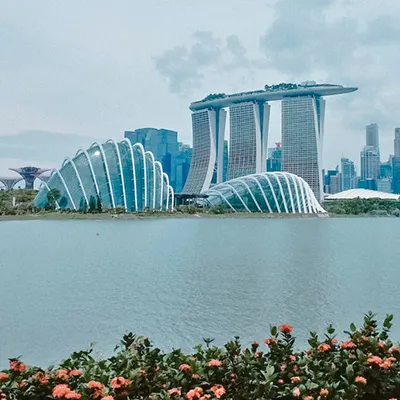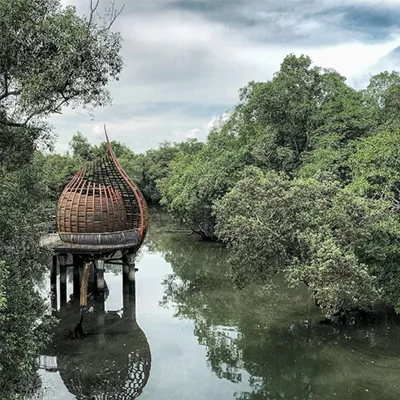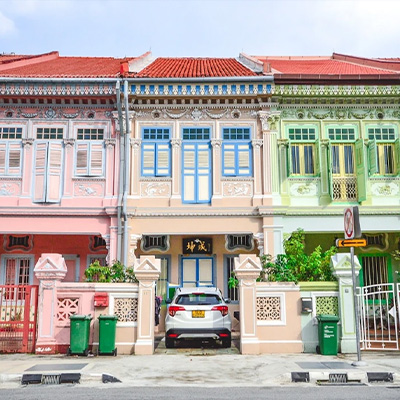Can a Garden City get even greener? Certainly.
Singapore is now among the world’s leaders in biophilic architecture. This is the emerging field where a building’s design serves to connect the occupants to the natural environment through landscaping, lighting and ventilation.
For many visitors arriving in Singapore, Jewel Changi Airport might be their first experience of the Garden City through biophilic design.
Opened in 2019, it’s a breathtaking encapsulation of paradise that brings the outdoors in, with a lush, sprawling valley and a massive waterfall set beneath a jewelled glass roof.
In the heart of the business district is CapitaSpring, a biophilic skyscraper that houses more than 80,000 plants in over 8,400 sqm of landscaping, 140% of the building’s footprint.
The building’s pinstripe facade pulls apart to reveal green spaces at the base (linear park), in the middle (sky terrace), and at the top (roof garden).
Designed by Danish firm BIG and Italian architect Carlo Ratti, the tower is a powerful expression of tropical urbanism. In 2023, the project clinched ArchDaily’s Building of the Year (Offices) and was named a Design of the Year by the President’s Design Award.
Shoring up Singapore’s biophilic credentials is a growing number of net zero buildings, in line with the city’s Green Building Masterplan.
By 2030, targets include improving energy efficiency in existing buildings to meet best-in-class green standards and having the majority of new developments be Super Low Energy (SLE).




